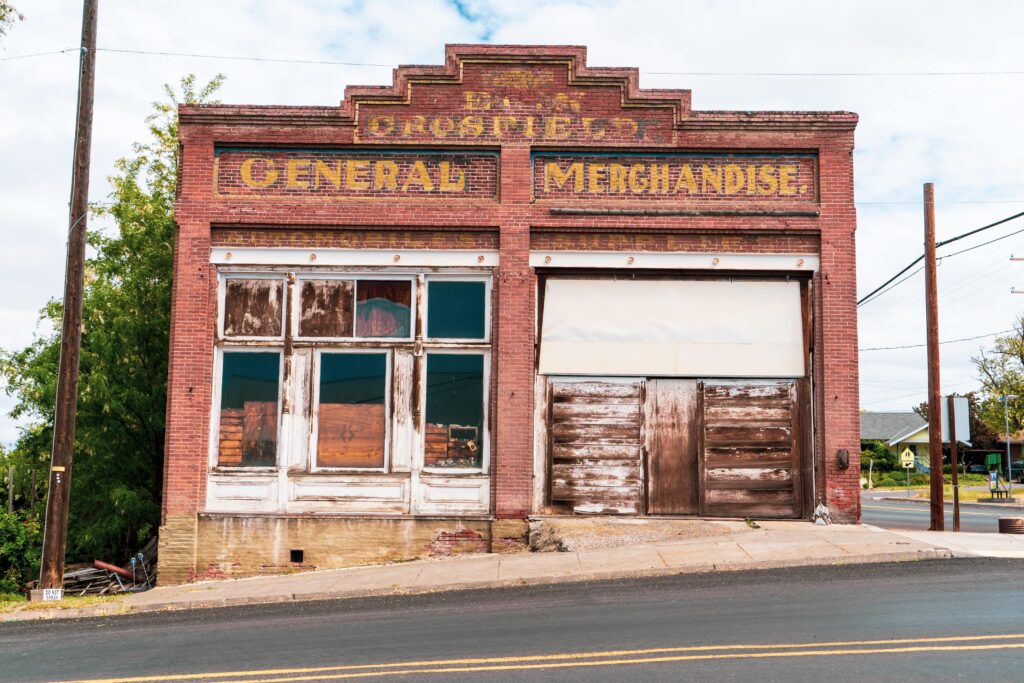
A vacant building is undesirable for underwriters, and standard carriers will rarely offer coverage. While each carrier has its own guideline, an entire building is often considered vacant if 25%-35% of the square footage is unused.
Sometimes 100% occupied buildings become vacant during a policy term. How do we know if it’s vacant, or just temporarily unoccupied? The ISO Building and Personal Property Coverage Form defines the condition as vacant for more than 60 consecutive days before the loss. The form specifies the condition for tenants:
when the suite does not contain enough BPP to conduct customary operations
and for owners, when at least 69% of the square footage is not:
used by insured to conduct customary operations; and/or
rented to tenant and used for tenant’s customary operations
Bonus points if you noted that the ISO form is broader (69% vacant) than underwriting guidelines (around 30%)!
If a building becomes vacant during the term, cancellation is not justified, but the insured can be penalized. In addition to a 15% reduction in claim payment, no coverage exists for these perils:
- Vandalism
- Building Glass Breakage
- Water Damage
- Theft and Attempted Theft
- Sprinkler Leakage, if system is not protected against freezing
What can can be done to avoid loss of coverage?
1. ISO form CP 04 50, Vacancy Permit.
Ask underwriting to add the form if the property will be vacant for some temporary time period that is more than 60 days. This form removes the Vacancy Condition from the coverage form for a scheduled property, for a scheduled period of time.
For example, a new tenant will occupy half the building, but first needs renovations to the space. The reno is to be completed in 90 days. Underwriting will probably agree to add the Vacancy Permit, not only because the carrier wants to continue to insure the property when the tenant moves in, but also because there will be activity on site that acts as occupation.
2. Vacant Building Policy – E&S
The surplus market insures vacant properties. Coverage is not as broad compared to standard carriers, but will allow vacancy for a longer term. Often the term can be only 1 or 2 years, since underwriters expect property owner to either sell the property or find tenants during that time.
If a property policy does not use ISO coverage form, the vacancy definition and penalties may vary. When learning of a vacancy, an agent must know details of the policy.
Do your validating producers understand vacancy, or know where to learn about it? Insurance Technical Consulting
specializes in one-on-one mentoring of commercial producers so they gain confidence in what they are selling and make fewer errors. Save your agency time with potential to increase revenue and reduce E&O costs. Explore the website at InsuranceTechnicalConsulting.com for more information.
Share Post :
